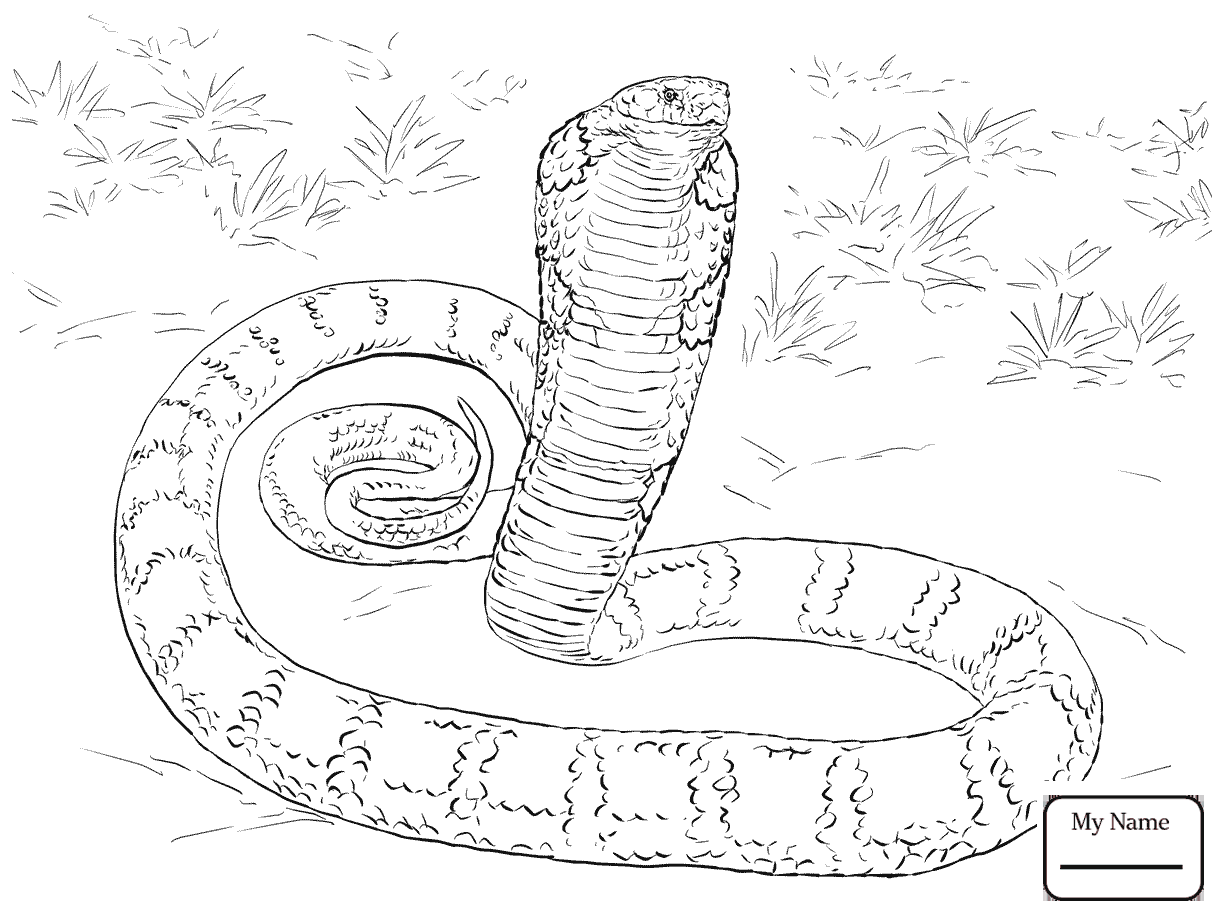

Though still exported from their native South America in significant numbers, they are widely bred in captivity. It is a common sight in both zoos and private reptile collections. This species does well in captivity, usually becoming quite tame. The young are independent at birth and grow rapidly for the first few years, shedding regularly (once every one to two months). The litter size varies between females but can be between 10 and 65 young, with an average of 25. The female then gives birth to young that average 15–20 in (38–51 cm) in length. The gestation period is around 100–120 days. They generally breed in the dry season-between April and August-and are polygynous thus, males may mate with multiple females. Reproductionīoa constrictors are viviparous, giving birth to live young. After this, the snake may not eat for a week to several months, due to its slow metabolism. It takes the snake about 4–6 days to fully digest the food, depending on the size of the prey and the local temperature. Their teeth also help force the animal down the throat while muscles then move it toward the stomach. This would lead to unconsciousness and death very quickly. Unconsciousness and death likely result from shutting off vital blood flow to the heart and brain, rather than suffocation as was previously believed constriction can interfere with blood flow and overwhelm the prey's usual blood pressure and circulation. The boa first strikes at the prey, grabbing it with its teeth it then proceeds to constrict the prey until death before consuming it whole. However, they have also been known to actively hunt, particularly in regions with a low concentration of suitable prey, and this behaviour generally occurs at night. The size of the prey item increases as they get older and larger.īoa constrictors are ambush predators, so often lie in wait for an appropriate prey to come along, when they attack. Young boa constrictors eat small mice, birds, bats, lizards, and amphibians. The bulk of their diet consists of rodents, but larger lizards and mammals as big as ocelots are also reported to have been consumed. Prey includes a wide variety of small to medium-sized mammals and birds.
Boa constrictor snake coloring page skin#
Like all snakes, boa constrictors in a shed cycle are more unpredictable, because the substance that lubricates between the old skin and the new makes their eyes appear milky, blue, or opaque, so that the snake cannot see very well, causing it to be more defensive than it might be otherwise. Specimens from Central America are more irascible, hissing loudly and striking repeatedly when disturbed, while those from South America tame down more readily. Their bite can be painful, especially from large snakes, but is rarely dangerous to humans. Boa constrictors strike when they perceive a threat. As semi-arboreal snakes, young boa constrictors may climb into trees and shrubs to forage however, they become mostly terrestrial as they become older and heavier.

They are nocturnal, but they may bask during the day when night-time temperatures are too low. BehaviorĪ juvenile female boa constrictor in a shed cycle, note the blue "opaque" eyesīoa constrictors generally live on their own, and do not interact with any other snakes unless they want to mate. Boa constrictors also occupy the burrows of medium-sized mammals, where they can hide from potential predators. It is commonly found in or along rivers and streams, as it is a very capable swimmer. However, it prefers to live in rainforest due to the humidity and temperature, natural cover from predators, and vast amount of potential prey. constrictor flourishes in a wide variety of environmental conditions, from tropical rainforests to arid semidesert country. The type locality given is "Indiis" – a mistake, according to Peters and Orejas-Miranda (1970).ī. Croix in the US Virgin Islands now appears to be reproducing in the wild. An introduced population exists in extreme southern Florida, and a small population on St. Lucia), on San Andrés, Providencia and many other islands along the coasts of Mexico and Central and South America. Depending on subspecies, Boa constrictor can be found through Central America ( Belize, Guatemala, Honduras, El Salvador, Nicaragua, Costa Rica, and Panama) to South America north of 35°S ( Colombia, Ecuador, Peru, Venezuela, Trinidad and Tobago, Guyana, Suriname, French Guiana, Brazil, Bolivia, Uruguay, and Argentina), and in the Lesser Antilles ( Dominica and St.


 0 kommentar(er)
0 kommentar(er)
